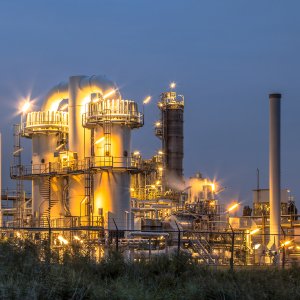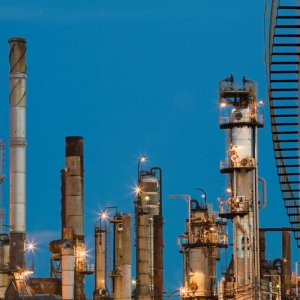
Olmeca Refinery a Showcase for IMP Innovation
 By Conal Quinn | Journalist & Industry Analyst -
Wed, 10/12/2022 - 11:53
By Conal Quinn | Journalist & Industry Analyst -
Wed, 10/12/2022 - 11:53
The Mexican Petroleum Institute (IMP) has been a key player in the construction of the Olmeca refinery in the port of Dos Bocas, Tabasco, working hand in hand with the Ministry of Energy and PEMEX to bring the project to fruition.
IMP’s involvement is on full display with the basic engineering of the Combined Distillation Unit, an entirely IMP technology that is designed for deep-cut distillation, which optimizes the separation of the different products as well as providing thermal efficiency, reliability and safety features. This facility consists of an atmospheric distillation plant and a vacuum distillation plant that reduce emissions, making the refinery more efficient and environmentally friendly.
The combined distillation unit will also process Maya heavy crude to obtain higher-added-value products, such as stabilized naphtha, a precursor for gasoline, as well as turbosine, kerosine and atmospheric diesel fuel, from which ultra-low-sulfur diesel is generated.
Another IMP technology, its diesel hydrotreater plant, will produce ultra-low sulfur diesel of less than 15 parts per million (ppm) of sulfur as its final product. The unit will consist of two plants, each with a 72Mb capacity.
The naphtha hydrotreating plant also consists of two plants, each with a processing capacity of 53Mb, which will produce both light and heavy naphtha with low sulfur content to be sent on to the isomerization and reforming plants, processes that increase octane levels of naphtha before it is converted into gasoline. This too is 100 percent IMP technology. The plants will carry out the catalytic hydrogenation process of sulfur compounds, nitrogen, olefins and diolefins, as well as removing the silicon found in defoamers used in cooking plants.
IMP boasts extensive experience in naphtha hydrotreating processes at service plants, which is demonstrated at both the refinery’s sour water plant and the amine regeneration unit. The former reduces the amount of hydrogen sulfide and ammonia present in sour water (phenolic and non-phenolic), delivering water that meets the necessary specifications to be reintegrated into the processing units or to be sent to the effluent treatment plant. The amine regeneration unit, meanwhile, removes hydrogen sulfide and carbon dioxide from the rich amine solutions produced, delivering a rich 45 percent by weight amine solution, with the required quality for integration into the processing units.
For more than five decades, IMP has offered training in refinery operations in other parts of the world. In the case of the Olmeca refinery, the first 300 engineers have already been trained while another 300 are set to complete training in the near future, and in time for the start of the refinery’s operations.
The Mexican Petroleum Institute (IMP) has 54 years of experience in generating expertise and technological capabilities for the hydrocarbons sector. Its goal is to maximize value generation in exploration, production and transformation processes.

















